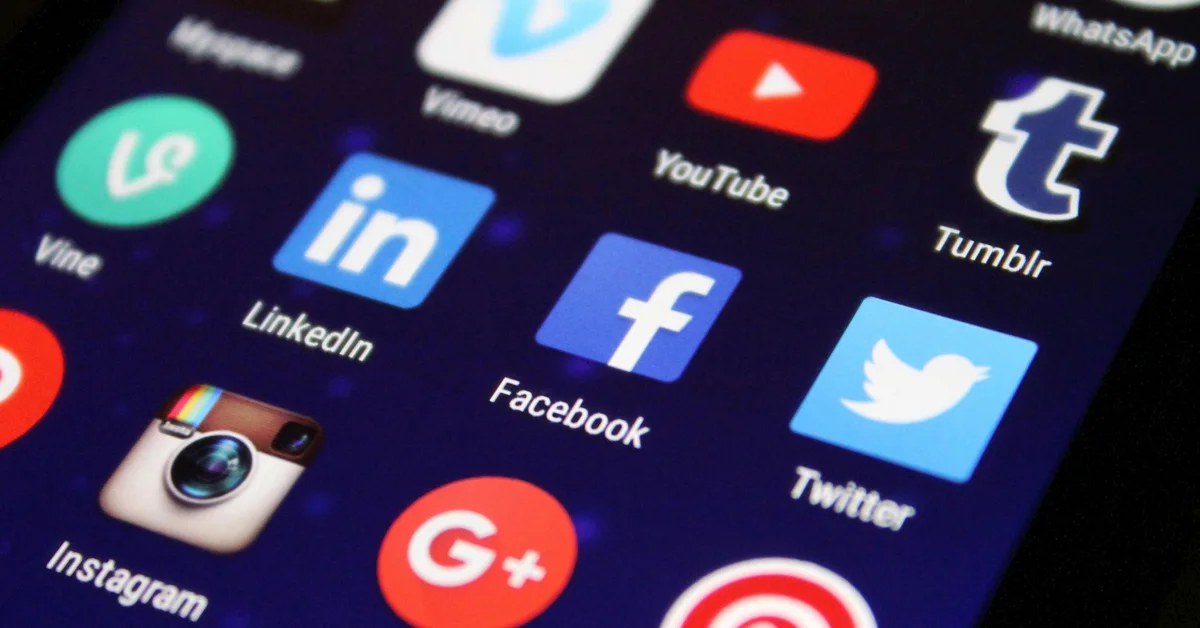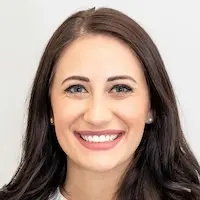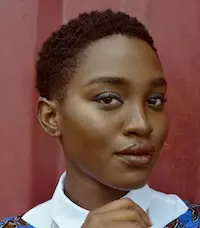Experts Weigh In: YouTube's New Ad Partnership Changes

The landscape of content creation is changing rapidly, with YouTube leading this evolution. Their recent shift to empower creators in ad partnership negotiations adds new opportunities and responsibilities. As creators gain more control, they also face the challenge of maintaining authenticity and relevance in a commercial environment. Navigating these dynamics isn’t easy, and many voices are discussing the implications of this shift.
YouTube’s new model raises questions about how creators and brands will collaborate moving forward. While some view the changes as a positive step towards meaningful partnerships, others express concern about potential pitfalls that come with increased freedom. We’ve gathered opinions on the topic from various experts in the field.
Alex Foster, Head of SEO, Quikster

YouTube’s latest initiative to improve creators’ control over ad partnerships is ready to change the SEO landscape. By allowing creators to start ad partnerships directly, YouTube is fostering a proactive monetization strategy and redefining the creator-brand relationship. This shift opens the door to valuable performance data, which can inform marketing strategies and lead to more targeted ad campaigns.
The implications for SEO are significant. As creators gain insights into audience engagement and demographics, they can tailor their content to resonate with viewers and improve the SEO of their videos. Access to performance metrics allows both creators and brands to engage in meaningful collaborations, ultimately resulting in higher-quality content that drives more traffic and engagement.
It’s important to remember that with freedom comes responsibility. Creators must work selectively and purposefully with brands to maintain the authenticity that audiences value. The potential for a more engaging advertising landscape is exciting, but it depends on how well creators handle their new power.
In this evolving space, growth and innovation will be intertwined, and those who adapt will thrive. The future of SEO and content marketing will be shaped by these changes, pushing everyone to rethink their strategies.
Alyssa Shupnacki, Content Lead, Thrive Media Group

YouTube’s recent shift to give creators more control over ad partnerships marks a significant moment for content monetization on the platform. By allowing creators to initiate their own ad collaborations, YouTube is streamlining the process and redefining the creator-brand relationship. This change addresses a challenge that has long affected many creators—the passive nature of waiting for advertisers to reach out.
Creators with over 4,000 subscribers can approach brands aligned with their audience, ensuring that partnerships are more genuine and suited for their content. For brands, access to detailed organic metrics allows for better decisions about whom to collaborate with, leading to more effective advertising campaigns.
It’s important not to get lost in the excitement. While this system offers more freedom and opportunities for collaboration, potential pitfalls remain. Creators must be careful in vetting brands to maintain their authenticity and protect their reputations. Misalignment between brand values and creator content could weaken a creator’s message and backfire with their audience.
This enhancement combines flexibility and responsibility, benefiting creators while requiring them to navigate brand partnerships carefully. This development could create a more vibrant ecosystem on YouTube—one where creators and brands work together effectively, setting a new standard for content monetization.
Lucy Mitchell, VP of Content, Cloudscape

Recent changes in YouTube’s ad partnership system signal a new era for creators and brands. By enabling creators to start ad partnerships directly, YouTube levels the field, allowing them to connect with brands that resonate with their audience. This approach lets creators build relationships that extend beyond transactions, leading to more authentic endorsements that can improve their content and the brands they support.
Access to valuable performance metrics is a significant boost. Creators can now use organic data to refine their content strategies and improve collaboration. Understanding audience engagement on a deeper level will enrich creators’ offerings and help brands make informed decisions. This exchange of insights fosters innovation and sparks creativity on both sides.
With options to limit content use to approved advertisers, creators have greater control over their intellectual property. I foresee a landscape where creators are more aligned with their brand partnerships, and advertising feels less disruptive and more integrated into the viewing experience. This step optimizes monetization opportunities for creators and makes advertising more relevant for audiences. The future looks promising, and I’m eager to see how these new possibilities will shape the YouTube ecosystem.
Olivia Collins, Director of Marketing, Evergreen Essentials

A platform like YouTube can turn a simple change into a significant breakthrough. The recent updates to creator ad partnerships may seem like a game-changer for those eager for new opportunities, but my skepticism is warranted. Creators can now start ad partnerships, but this appears to be a cosmetic change to an existing model. This has been a long time coming, and it raises questions about whether it truly empowers creators or adds more layers to an already complex process.
I recognize the benefits of accessing performance data and limiting content use to approved advertisers, but is this really the ideal situation we’re led to believe? Many creators will still navigate the same brand politics, trying to please everyone while keeping their audience’s trust. It’s easy to claim that creators have more control now, but this seems more like a way to maintain the same challenging relationships, only with a slightly updated interface.
This feels more like an attempt to placate creators amid ongoing discussions about monetization rather than a real change in the landscape. The buzz may be exaggerated, but until we see genuine changes in how creators interact with brands, it’s just another chapter in YouTube’s complicated relationship with its creative community.
Mike Turner, Senior Content Marketer, Oasis Beverages

YouTube’s latest update might seem like a major step for creators, but let’s hold off on full enthusiasm. Allowing creators to start ad partnerships could lead to a wave of self-promotion that overwhelms the platform with low-quality content. The draw of making money often blurs the lines between genuine creativity and opportunism. Empowering creators is important, yet this new control could weaken the trust between them and their audience. The main issue remains: can we truly tell real creativity apart from simple commercialism?
There’s also the issue of data. Advertisers gaining access to organic performance metrics sounds appealing, but many brands might misread this data or misalign their strategies based on it. Creators may focus more on gaining views rather than developing meaningful content that connects with their audience. Merging ads and content could risk turning a creative platform into just another advertising space where the highest bidder wins.
While the update improves accountability and rights management, it doesn’t tackle the real challenge of keeping quality in a commercial environment. The potential for more engaging advertising opportunities is there, yet with most changes in the digital landscape, the initial excitement often fades as users deal with the fallout. This shift might not be the benefit we expect, but rather a path full of unexpected consequences.